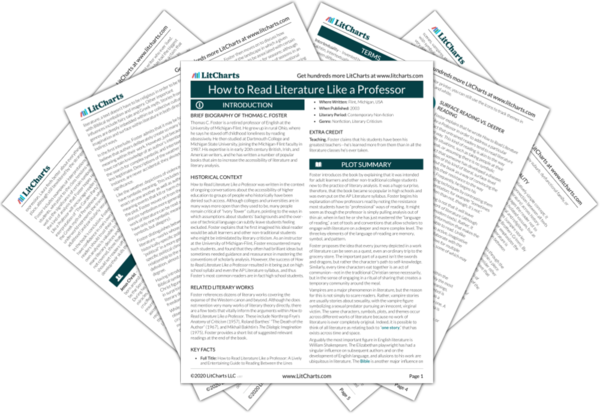Dickens, Stoker, Stevenson—all these authors featured monstrous characters in their fiction, and all lived during the Victorian era. This is no coincidence, Foster claims. During Victorian times, explicit depiction of sexuality was forbidden in works of literature. As a result, authors developed covert techniques of portraying sex and sexual themes—methods that have survived in the present day. Consider the success of the “teen vampire” era, which began with Anne Rice’s
Interview with a Vampire (1976) and achieved a climax of popularity with Stephanie Meyer’s
Twilight (2005). Although sex is generally considered less scandalous now than it was in the 19th century, authors still utilize vampires and other figures as ways of indirectly representing sexuality.
